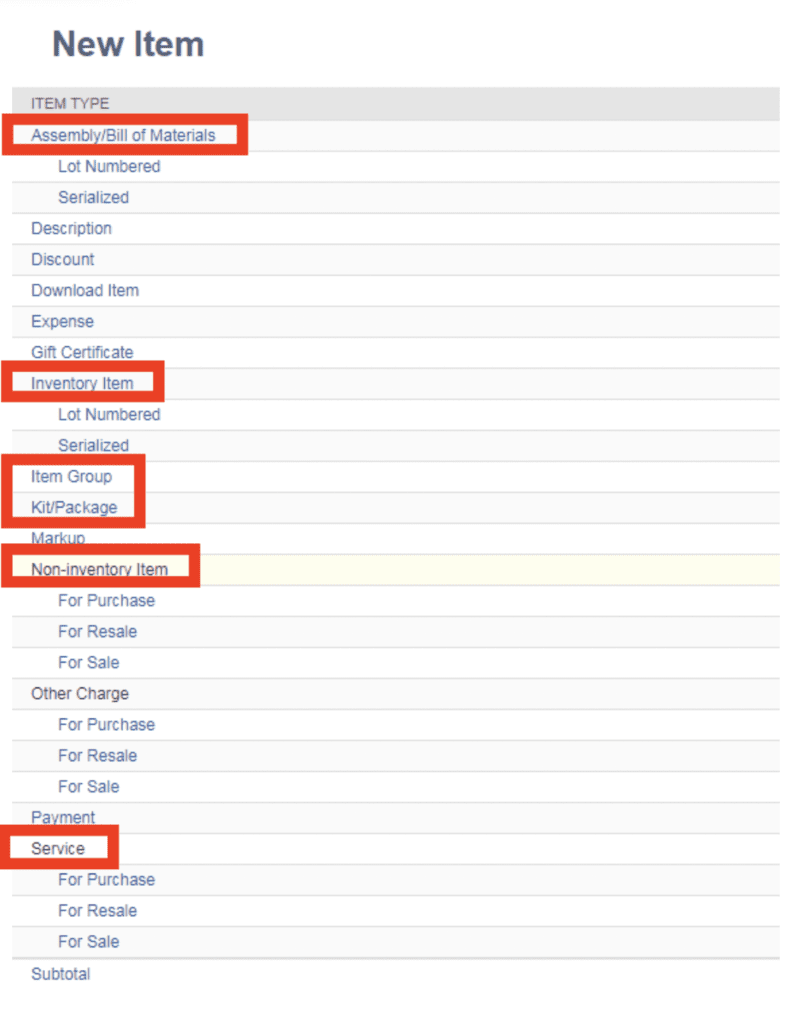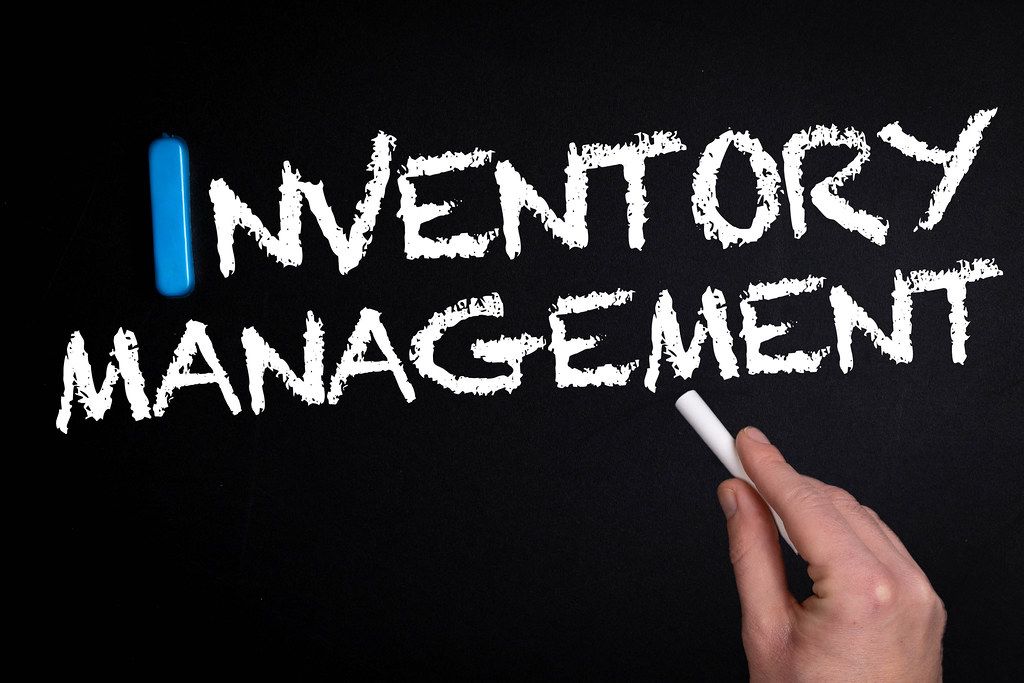Introduction:
Items are a key component of supply chain management and are necessary for any business involved in buying or selling products. Inventory management supervises the flow of goods from manufacturers to warehouses, to the point of sale, and in NetSuite, items records store information related to what is bought or sold. This detailed record of each new or return product is crucial. Item management can be a very complex process, especially for large organizations, but the basics are the same regardless of the business size or type.
First, goods (items) are ordered through the purchasing department. Then, goods (items) are delivered to a warehouse and placed in the stock areas. These goods (items) are pulled from stock and moved to the production facilities, to be made into finished products (items). And finally, finished goods (items) are shipped out to the customer through the sales department. Inventory management uses a variety of data to keep track of the goods as they move throughout the process, including serial numbers, cost of goods, the number of goods, and the dates when they reach each step of the process. Inventory management systems can be as simple as spreadsheets that track the quantities of goods in a warehouse, but can also be more complex Enterprise Resource Planning (ERP) systems. Software like NetSuite, can go several layers deep and integrate with the accounting and ERP systems and is highly customizable for large organizations.
For a start, let’s first clarify what the most common item types are available in NetSuite…

Item Types:
NetSuite supports the purchase and sale of items requiring manufacturing, finished goods, and non-tangible products such as software or services. Each of these item types can be sold individually or as part of a group.
Assembly/Bill of Materials
Assembly Items are manufactured by combining Raw Materials in your stock. Inventory for each raw material item will be reduced individually as the inventory for the assembly item is increased, depending on the quantity of each raw material used in the process.
Inventory items are physical goods that can be bought and sold. Most businesses primarily offer inventory items for sale to their customers and purchase them from their vendors. Inventory items can be lot numbered, serialized, or have matrix options.
Inventory Item
Inventory items are physical goods that can be bought and sold. Most retail and Ecommerce businesses primarily offer inventory items for sale to their customers and purchase them from their vendors. Inventory items can be lot numbered, serialized, or have matrix options applied to them
Item Group
Item groups are stocked and sold as one single unit, but are made up of several different items. The price of the item group is always dependent on the price of its member items. Item Groups can contain both taxable and non-taxable items, with sales tax on the item group being calculated based on the value of the taxable member items.
Kit/Package
Similar to Item Groups, Kit/Package items are comprised of items from your inventory, which are sold as one single unit. However, the difference in a Kit/Package item is that its price is not dependant on the prices of its member items, and can be assigned several price levels. When a Kit/Package Item is sold, inventory records are updated for the individual members of the kit.
Non-Inventory Items
Non-inventory items can be bought and sold but will never be stocked. In some cases, non-inventory items are intangible goods like digital products. In other cases, they are physical goods that are either not included in your inventory assets or are never brought into your warehouse. By default, non-inventory items would not appear on item fulfillment or item receipt records.
Service Items
Service items allow you to track time and record billable hours for service activities. Service items function similarly to non-inventory items in that they will never be tracked as inventory assets and can be for sale, for purchase, or for resale, but only service items appear within NetSuite’s time tracking interface.
Conclusion:
Inventory drives revenue, profitability and customer satisfaction, yet companies lose money every year by not properly managing their greatest asset. I hope this blog post gives you a better understanding on the item types that are available in NetSuite.
Audience:
Administrator, Purchasing Manager, Inventory Manager, Item Management, Inventory
Keywords:
Item Master, Inventory, Accounting, Item Configuration
About Us
We are a NetSuite Solutions Partner and reseller with 30+ years of combined experience. We specialize in implementation, optimization, integration, rapid project recovery and rescue as well as custom development to meet any business need. If you would like more information on NetSuite or in need of consultation for your project or implementation, feel free to contact us.
To Contact Us Click Here


